Researchers are realizing that the DNA–protein complex doesn’t just have one form but many.
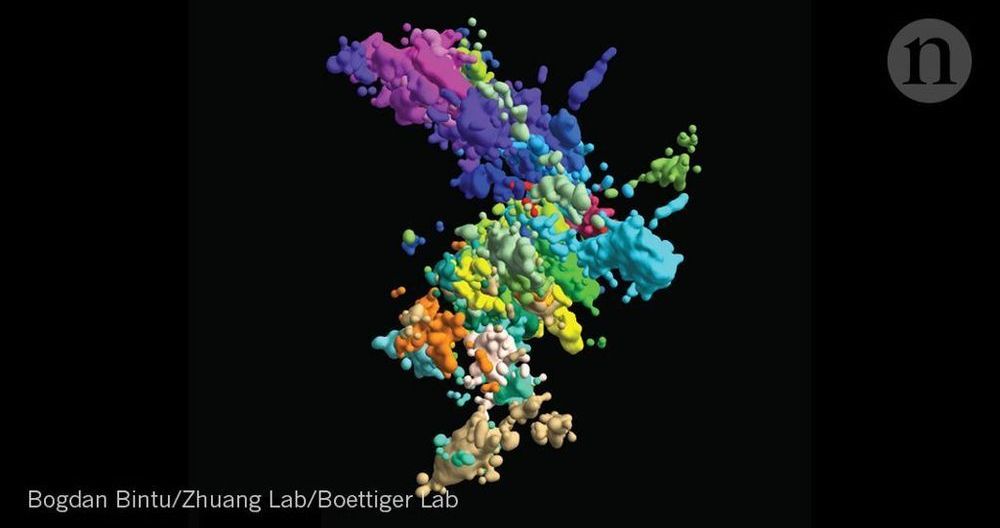


For most patients, a diagnosis of stage 4 non-small cell lung cancer comes with a dire prognosis. But for patients with specific mutations that cause the disease, there are potentially life-saving therapies.
The problem is that these mutations, known as ALK and EGFR, are not always identified in patients — meaning they never get the treatment.
A new study from the Fred Hutchinson Cancer Research Center in Seattle used machine learning to find these needle-in-a-haystack patients. The idea was to leverage cancer databases to see if patients were being tested for the mutations and receiving these personalized treatments.
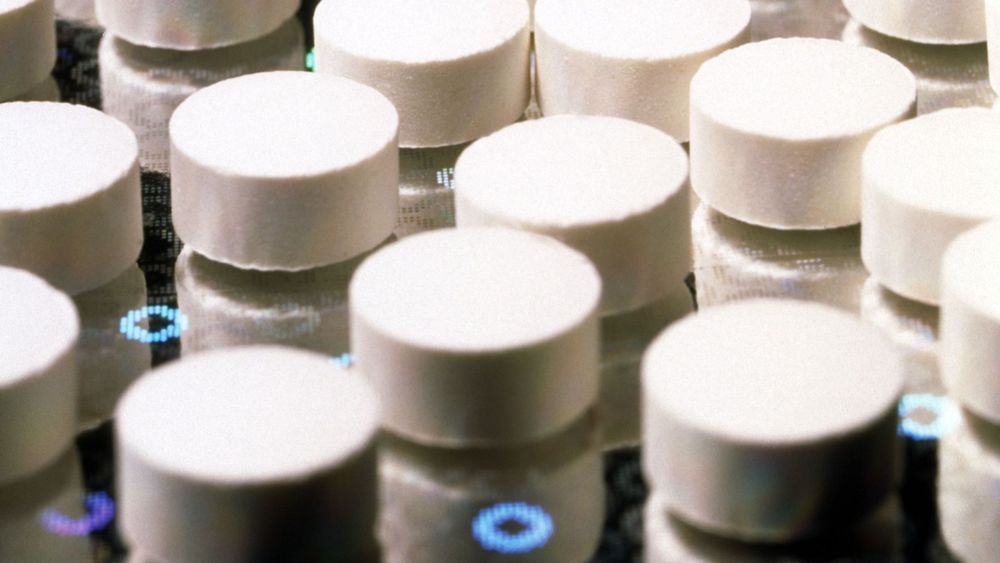
AM I Wrong for wondering about Metformin and its true benefits against the Senesonic-Sensonic pandemic Plague mankind has called aging??? Metformin has been in use truly since the 1920’s and we have not found today an elderly person who is living 125 or 150 years who states they merely took metformin for diabetes??? Now Met has proven itself as a resistant against diabetes due to preventing the liver from making to much glucose that then enters the body. But is it a Longevity drug for mankind is the burning question??? You be the Judge… {I found this link on Antonei Benjamin Csoka group page on the book of faces} Respect r.p.berry & AEWR wherein we have found the causes and a cure for the Pandemic plague mankind has called aging… https://we search for partners and investors to join us in agings end…
Does it make sense to treat ageing as a disease?

Stem cell transplants have been of great interest to aging researchers, and, in a new study, they have successfully increased mouse lifespan by using stem cell therapy. While this has been previously achieved, this experiment was more refined than older studies and sheds new light on the potential of tissue regeneration through stem cells.
The significant extension of maximum lifespan could be considered an indication that any intervention is targeting a core hallmark of aging or, in the case of small increases of lifespan, at least indirectly influencing it.
Through bone marrow transplants, the researchers have significantly increased the lifespans of mice and believe that they are directly targeting an aging process directly [1]. Given that stem cell exhaustion is a hallmark of aging, they are likely correct.
Neuroscience, computer vision collaborate to better understand visual information processing PITTSBURGH—Neuroscientists and computer vision scientists say a new dataset of unprecedented size — comprising brain scans of four volunteers who each viewed 5,000 images — will help researchers better understand how the brain processes images. Researchers at Carnegie Mellon University and Fordham University, reporting today in the journal Scientific Data, said acquiring functional magnetic resonance imaging (fMRI) scans at this scale presented unique challenges. Each volunteer participated in 20 or more hours of MRI scanning, challenging both their perseverance and the experimenters’ ability to coordinate across scanning sessions. The extreme.
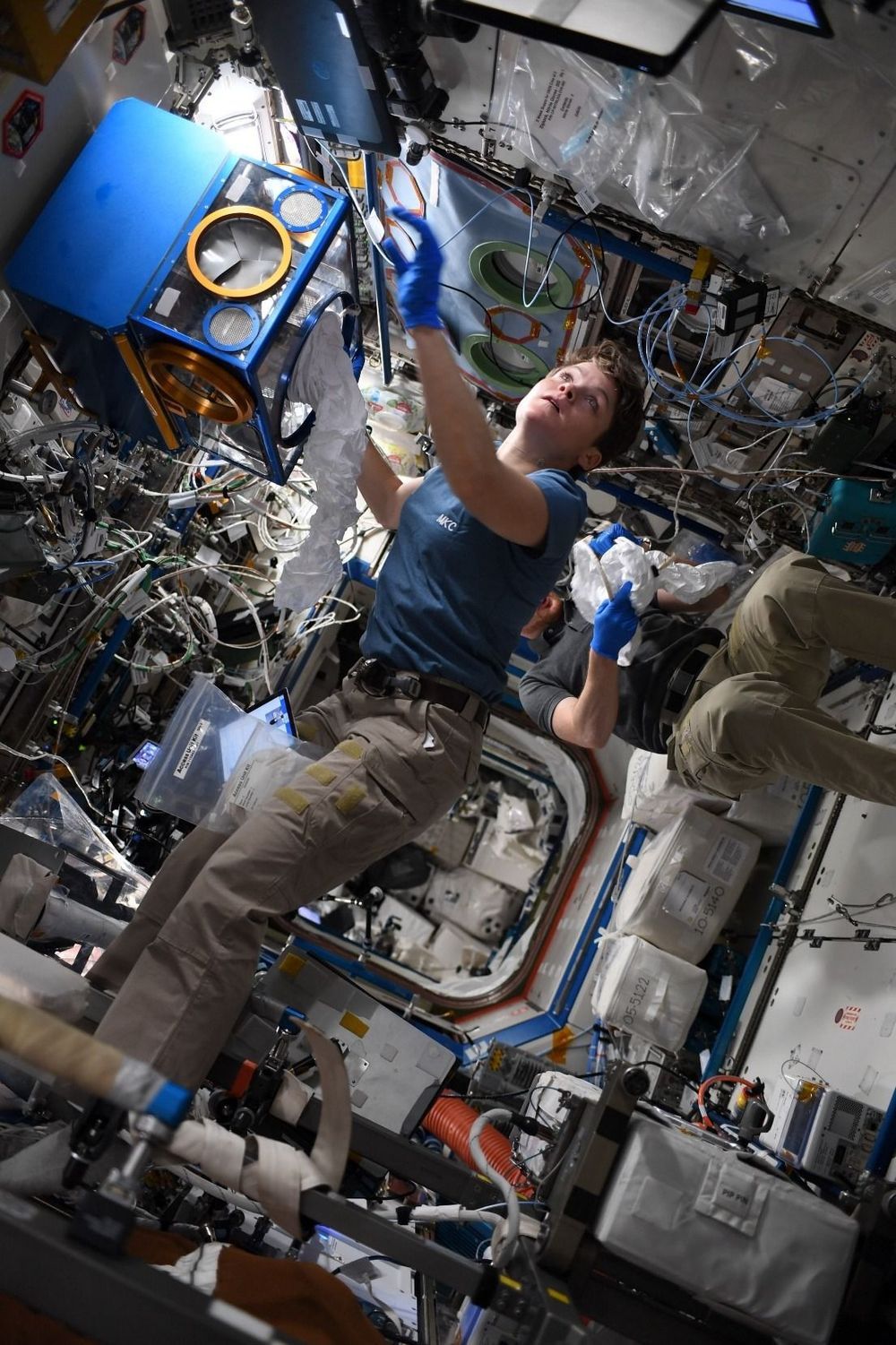
Spaceflight — in addition to being awesome — causes significant changes in the human immune system. We are careful with our astronauts so they don’t get sick during spaceflight, but we need to ensure their immune systems are strong when they start embarking on longer trips. Learn about the latest International Space Station research: https://www.nasa.gov/mission_pages/station/research/news/rr-…y-in-space
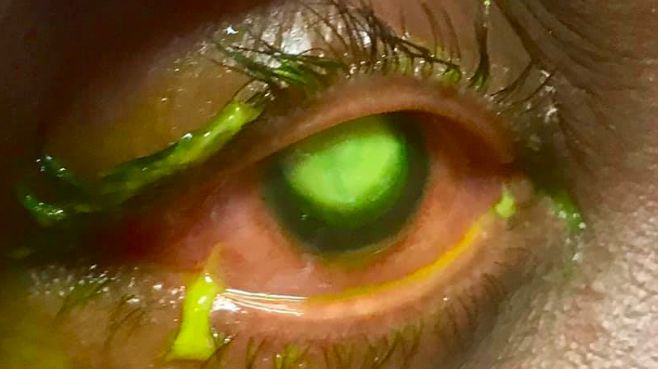
It might be tempting to not take your contacts off before bed, however, graphic images of an eye ulcer that formed when someone slept with their soft lenses might make you think twice about it.
Patrick Vollmer, an eye doctor who works at the Vita Eye Clinic in Shelby, North Carolina, posted stomach-churning photos of a patient he recently treated, who had a cultured pseudomonas ulcer from wearing their contacts when they slept, The New York Post reported. Vollmer shared the graphic images on Facebook and urged people to think about the harmful consequences of sleeping with contacts.

Organ preservation could be an effective therapy for end-stage organ failure, says Sebastian Giwa, the Chairman and CEO of the Organ Preservation Alliance, a non-profit organization focused on advancing organ preservation. Giwa discusses the challenges and strategies related to organ preservation.
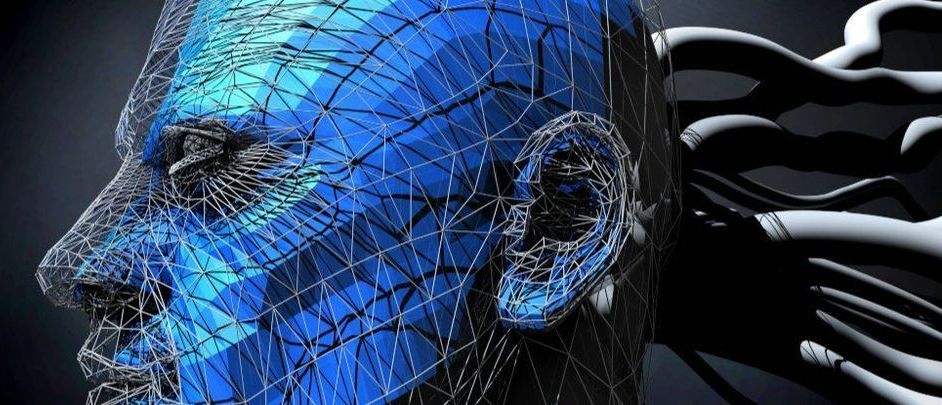
Personal gadgets known as “hearables,” which communicate with the neural signals passing through our ears in order to monitor and interact with our brains, are on their way.
Hearables could help us focus on specific conversations, like smart hearing aids, or monitor our brain activity to treat tinnitus. That’s according to Poppy Crum, the Stanford University neuroscientist and chief scientist at Dolby Laboratories who coined the term, who recently wrote about the concept in IEEE Spectrum.
The emerging tech stands to blur the lines between artificial and biological intelligence, Crum argues — augmenting our thought processes and collaborating with our brains.
